Elmley Nature Reserve – an island of nature in Kent that vibrates with birdsong
Spending two days in the wilderness on the Isle of Sheppey shows how much we've lost and how much we have to gain.
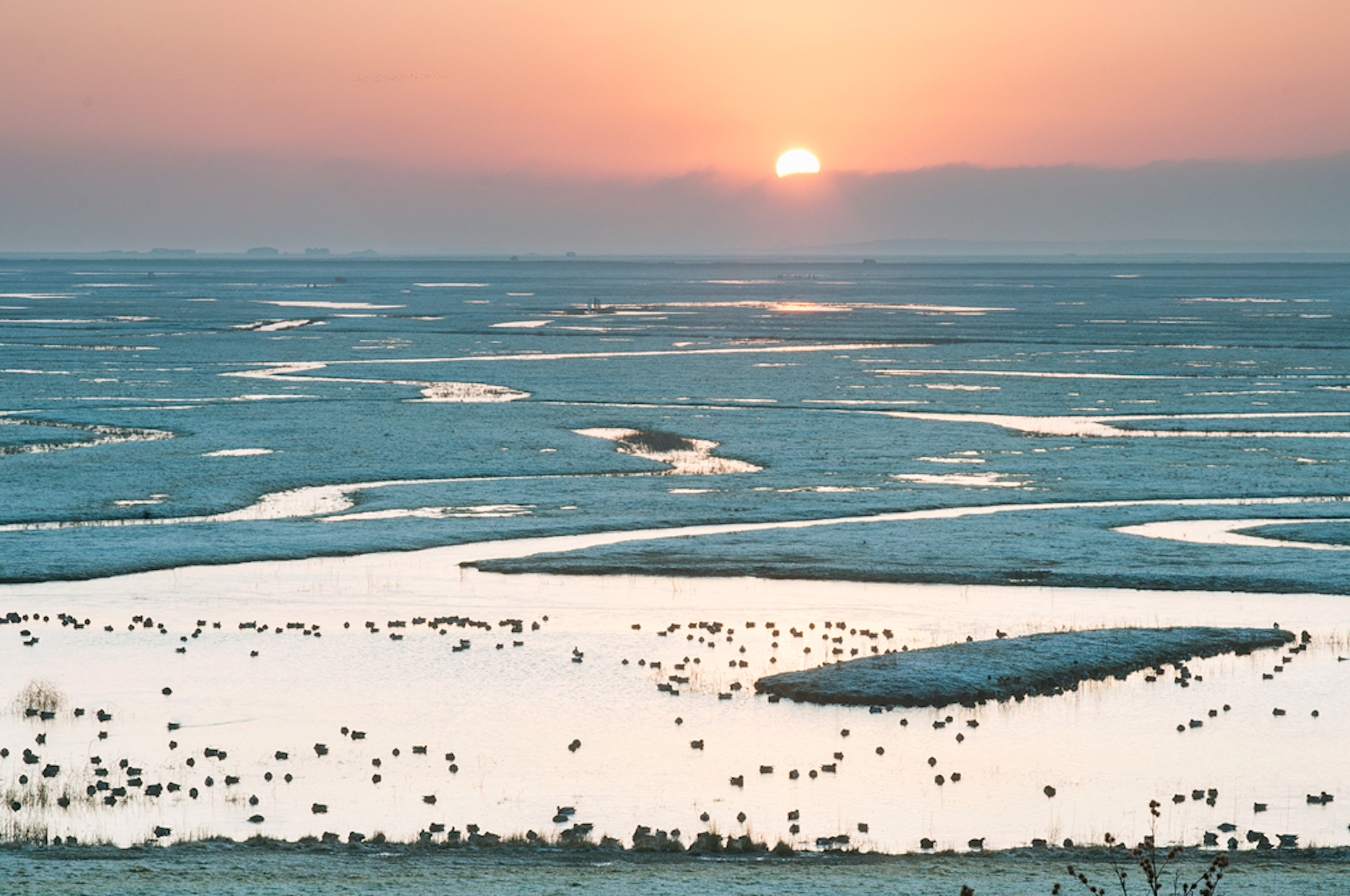

Growing up in the countryside, it’s easy to imagine that you know Nature. The birds sing or squawk or shout. A hedgehog might make a ruckus at night time, or an owl may hoot. Each field has a horse or a sheep in it, ruminants that are so common that they almost blend into the landscape. That’s what the countryside is supposed to look like. That is the countryside that most of us see, and most of us know.
On the north Kent coast, on the southern side of the isle of Sheppey, is Elmley Nature Reserve. It’s here, within the 3,300 acres of wilderness and farmland, that the word ‘nature’ takes on quite a different meaning.
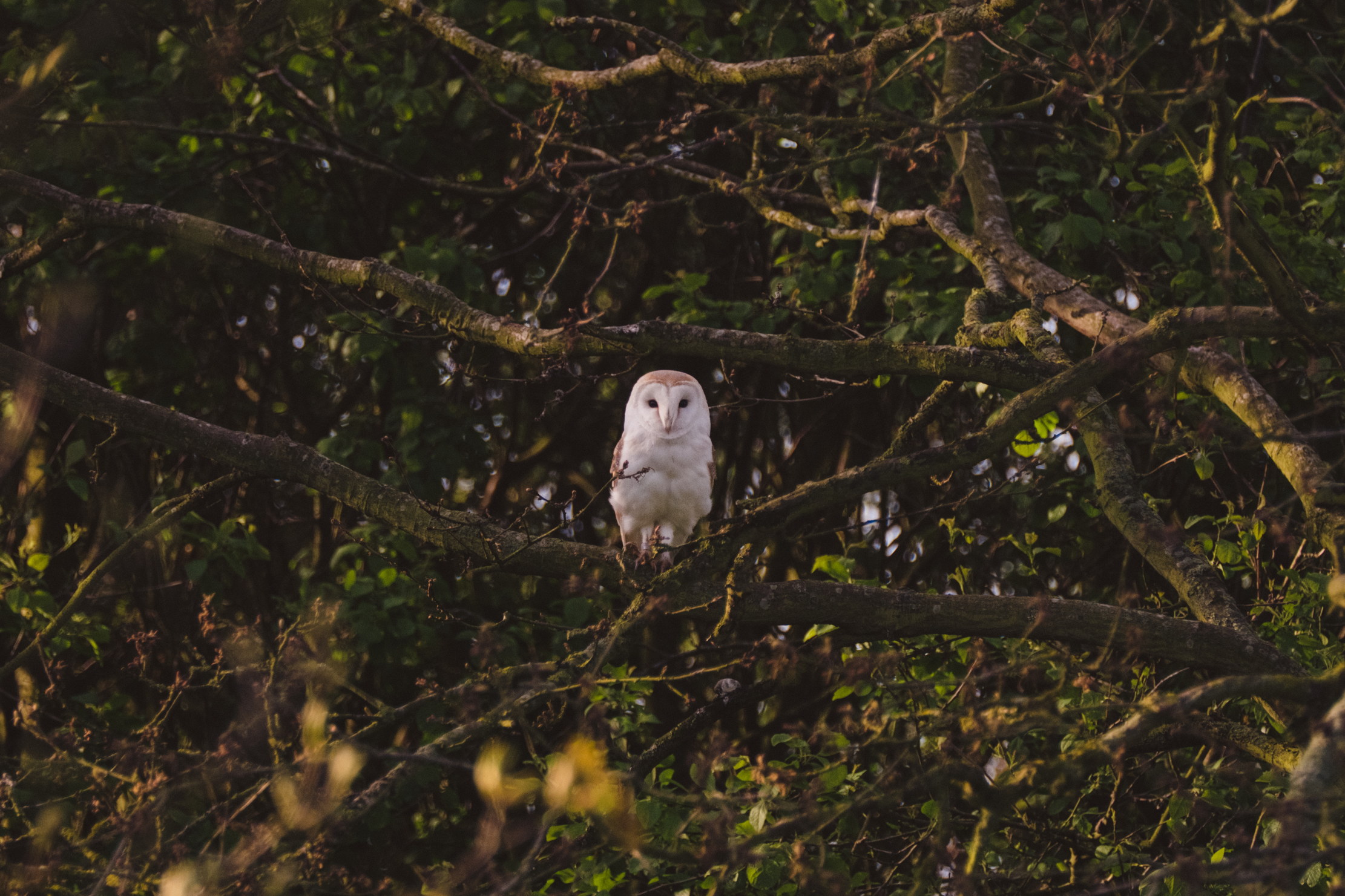
A bit of history. Some 40 years ago, farmers Philip and Corinne Merricks took over the site, which by then had been abandoned, and set up the Elmley Conservation Trust, creating a haven among the marshland. So often it is farmers and landowners who are blamed for the nation’s decline in biodiversity, but here something quite different has happened and it didn’t take long to see what it was. Upon arrival, a two-mile drive to the heart of the reserve is as rich an introduction to the region’s wildlife as you could imagine. Hares dance among the fields, birds of prey shoot past overhead, cows graze anxiously as you drive past, digging up turf to be descended upon by greedy curlew and other birds.
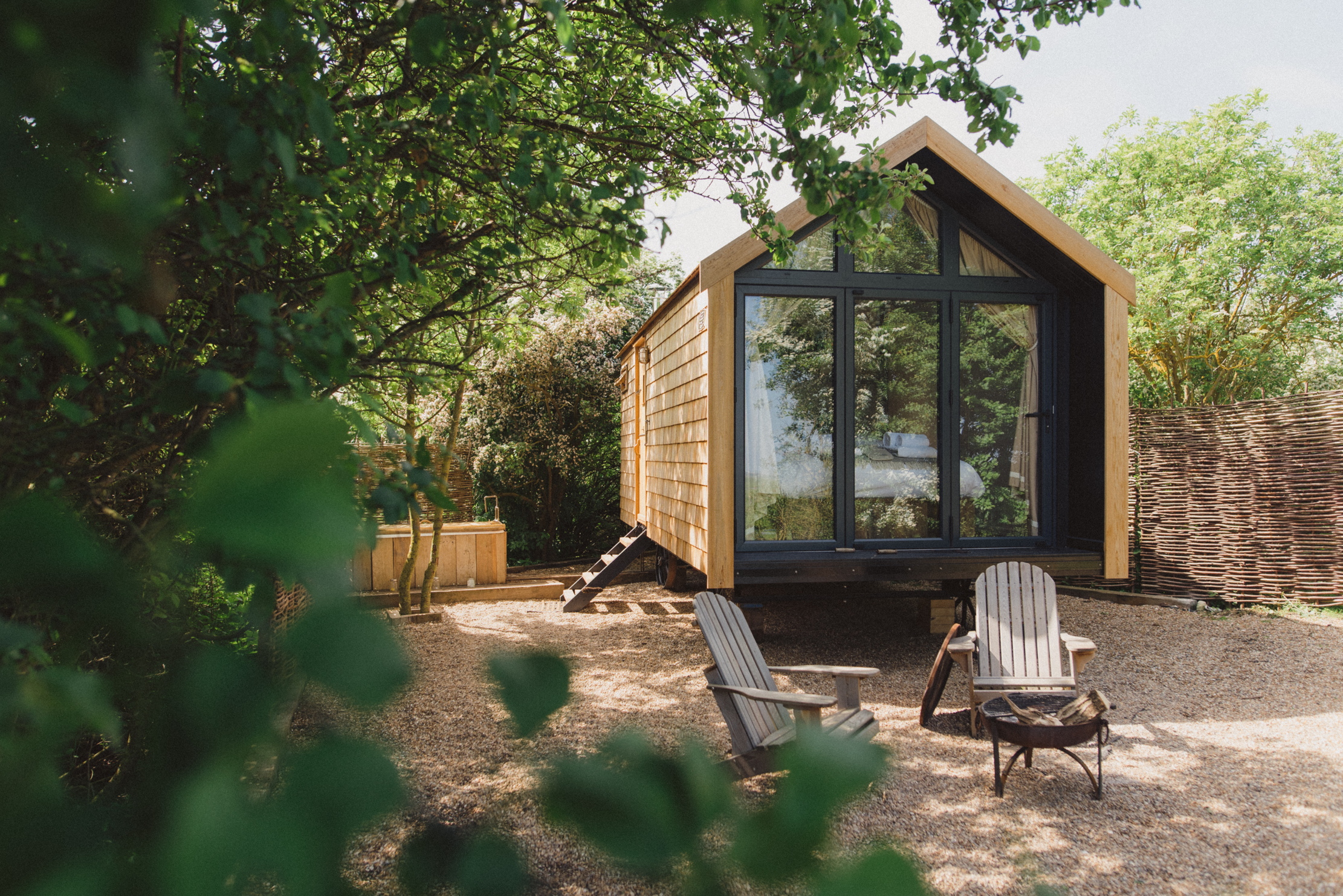
It’s an interesting site, in more ways than one. All around you, the frames of industry that scatter the Medway remind you of man’s transgressions against the natural world, as chimneys belch god knows what and the night sky is illuminated by flashing lights. But Elmley stands strong, an island within an island, making just enough space for nature to thrive.
Ever since it was taken over by the Merricks’, Elmley has been a much-loved spot for birders and nature lovers alike. More recently, people have been allowed to stay on the reserve, which is how I found myself pulling up to a shepherd’s hut in the middle of the autumn evening, ready for a two-night stay.
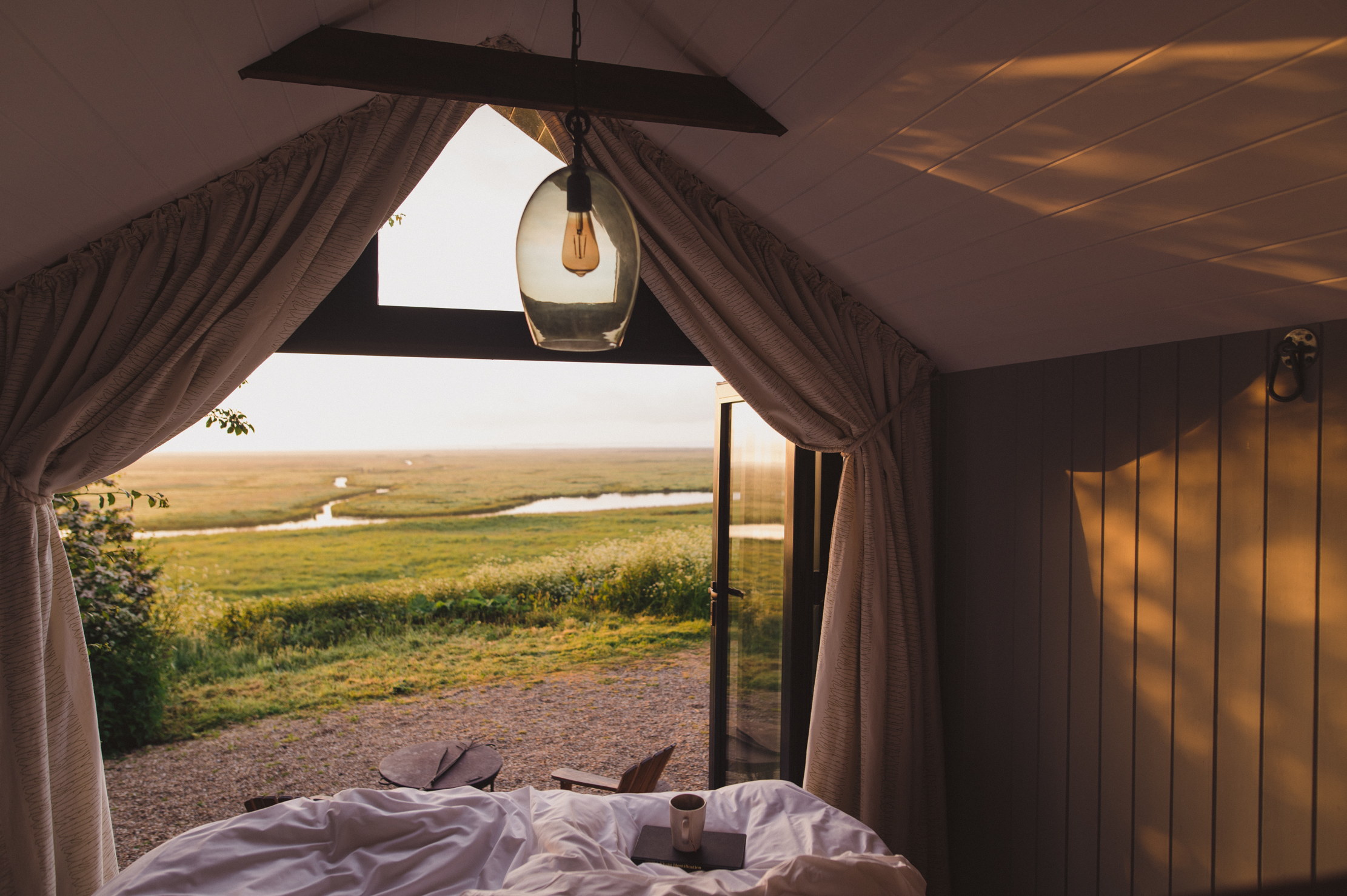
My hut of choice was The Damson, which features a large king-size bed, a functioning kitchen and bathroom, and a glorious outdoor bathtub. As a man of some two metres in height, I was quite worried about whether I would be able to fit inside, but I can confirm that, while the bathroom required some reversing, the rest of the hut was more than spacious, and would certainly be no issue to a normal-sized human. It was also supremely comfortable.
Every night and every morning, dinner and breakfast are delivered by the relentlessly helpful staff who work on the reserve, meaning you can stay in your own little private bubble, free from the distractions of other people to enjoy the sights and sounds and smells of nature.
Sign up for the Country Life Newsletter
Exquisite houses, the beauty of Nature, and how to get the most from your life, straight to your inbox.
And oh what nature it is. In the early evening, the landscape vibrates with the sound of birdsong. It’s quite astonishing to think that this is what the whole UK must have sounded like before humans came and paved the whole thing over.
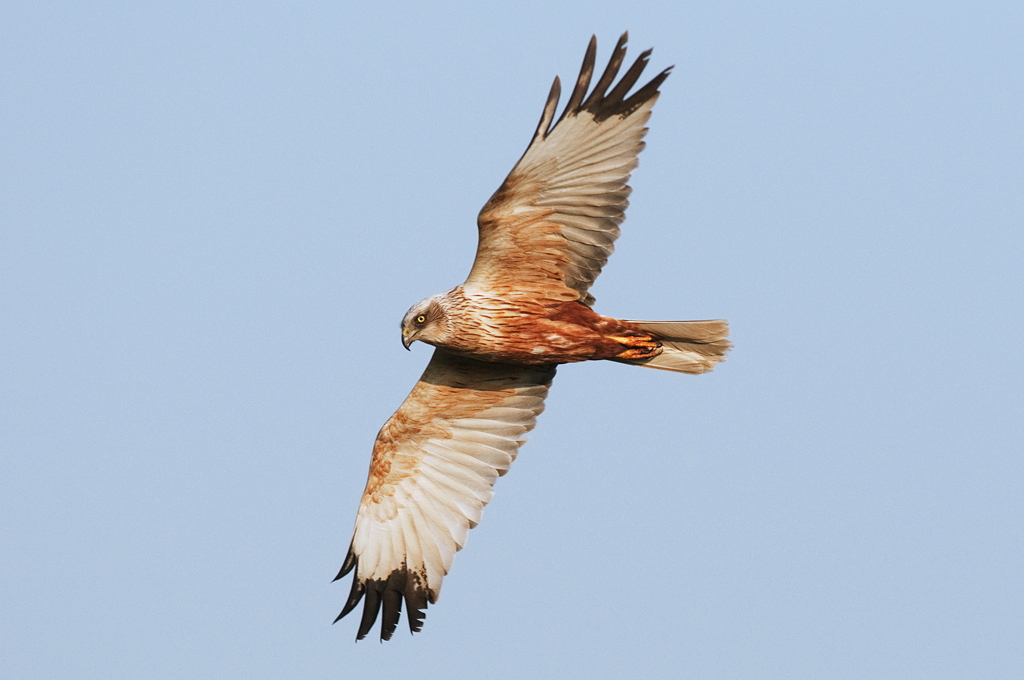
In the early morning, the scene was quite different, as we begun our safari of the nature reserve. Naturally, it was pouring with rain, so me and the other heavily anoraked members of the group were stuffed in the back of a Land Rover with a few grumbles, but those quickly ceased as the landscape came to life around us, with expert commentary and insight from head ranger Simon.
Using the word ‘safari’ to describe a trip around Kent might seem a little absurd, but how much more exotic is a giraffe to a marsh harrier? Up until that morning, I’d seen plenty more tigers than curlew, but that soon changed. Even in the inclement weather, the wildlife on display was quite unlike anything I’d seen before, even as someone who technically ‘grew up in the countryside’.
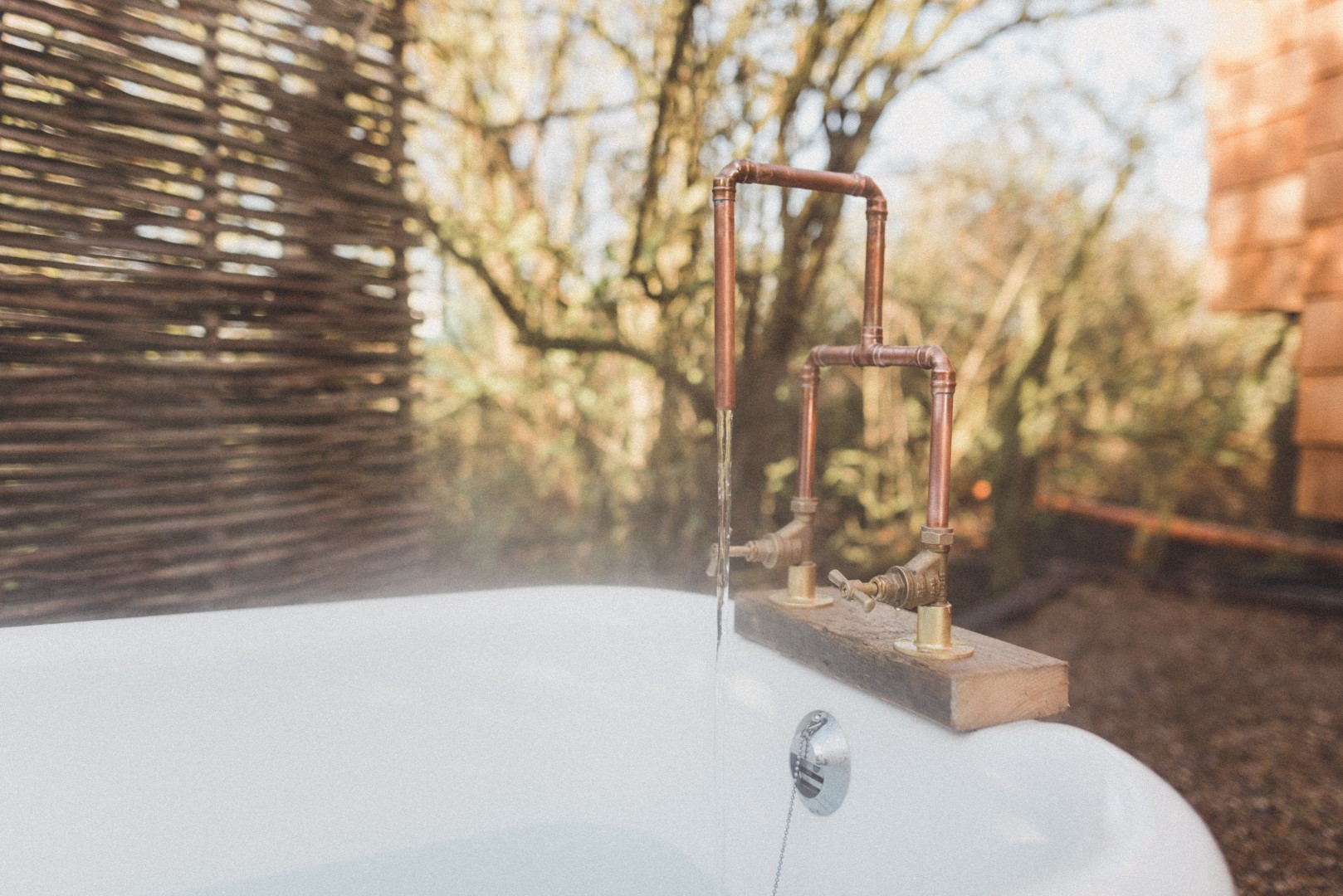
I think that’s the importance of places such as Elmley. Would it be economical to farm that way across the entire country? With our current levels of consumption, probably not. But what it does demonstrate is that it is possible to both farm and take care of wildlife. Arguably more importantly, it demonstrates that you can’t judge a book by its cover. To most people, the marshland of Elmley would look like nothing more than ‘unproductive land’ — and it would certainly look that way to a system that craves output no matter what the cost. But when given the opportunity, nature flourishes within, taking host and growing even when surrounded by man’s mistakes on all sides.
So why spend the night? Because the landscape is different in the morning, to the middle of the day, to the evening. It’s constantly changing, and it’s only by being there all the time that you appreciate the ebbs and flows of life on this island. A little shepherd’s hut, on an island, that reminds us how much we’ve lost, but also how much could come back. We can despair over the decline of our natural world, but we can also take hope in how simple it is to recover. As weekends away go, few are more enriching than that.
For more information on Elmley Nature Reserve and to book a visit or overnight stay, click here

Credit: Estelle Manor
Estelle Manor review: The Oxfordshire hotel and private member's club that will appeal to honeymooners and families alike
Estelle Manor is a sanctuary from the rest of the world — a place where life is easy and everyone
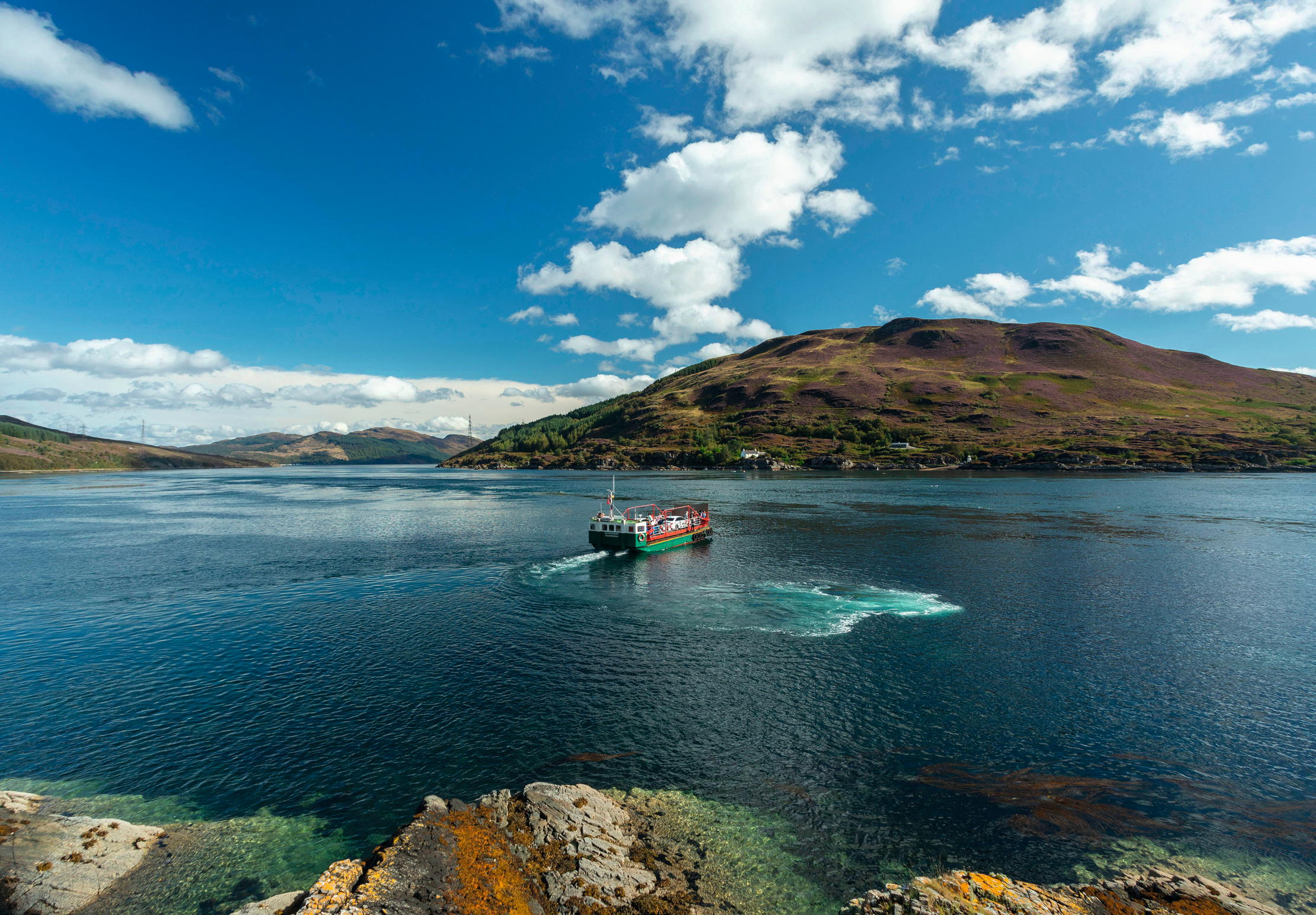
The Isle of Skye and the world’s last manual turntable ferry
You may no longer see droves of cattle crossing the waters to the Isle of Skye, but the world’s last
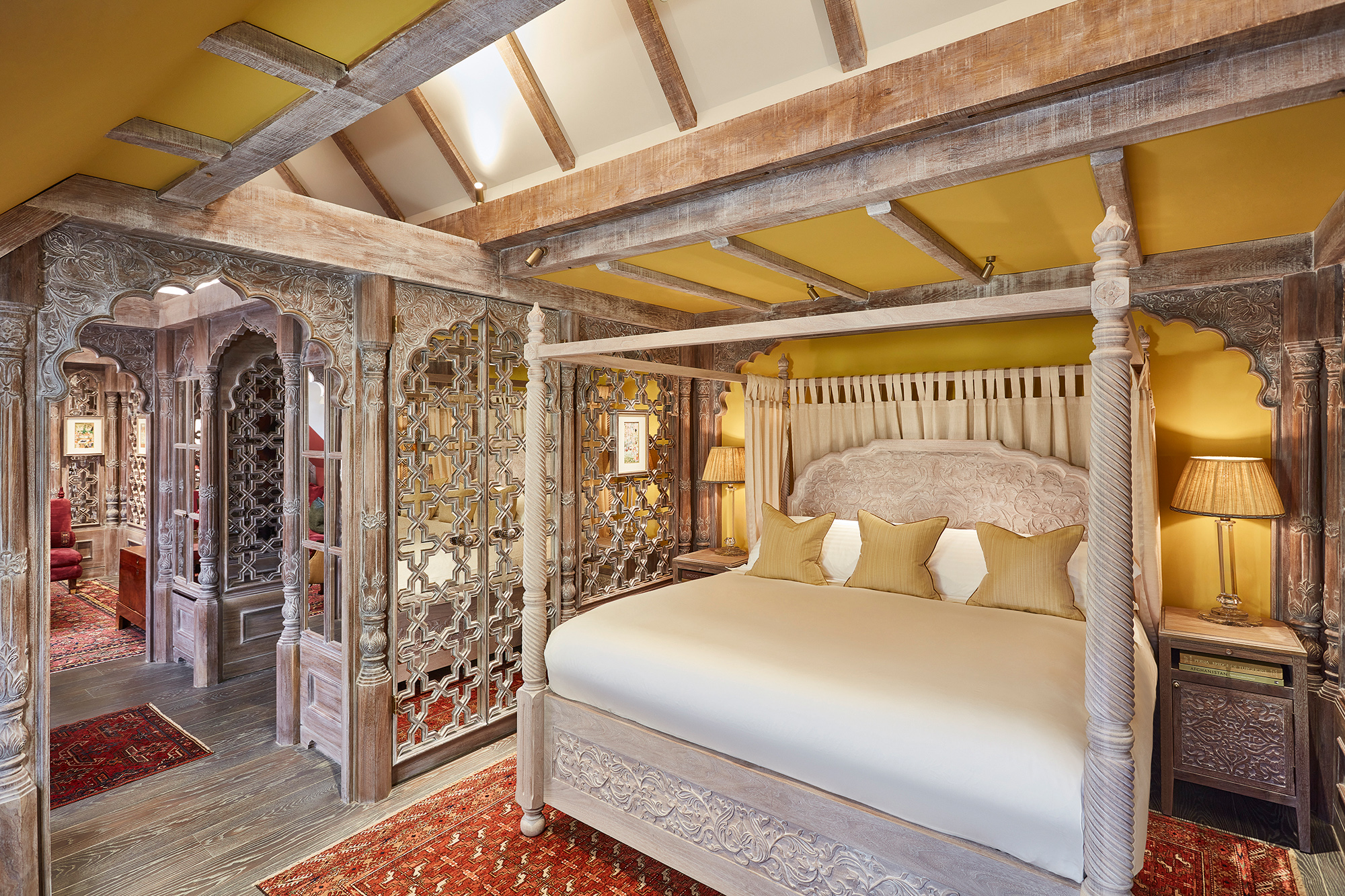
London's most exotic place to stay, the heartbreakingly beatiful suite in Alec Guinness's favourite old haunt
The Connaught's Mughal-inspired King’s Lodge is intricate, spectacular, and enlessly romantic. Rosie Paterson went to take a look.
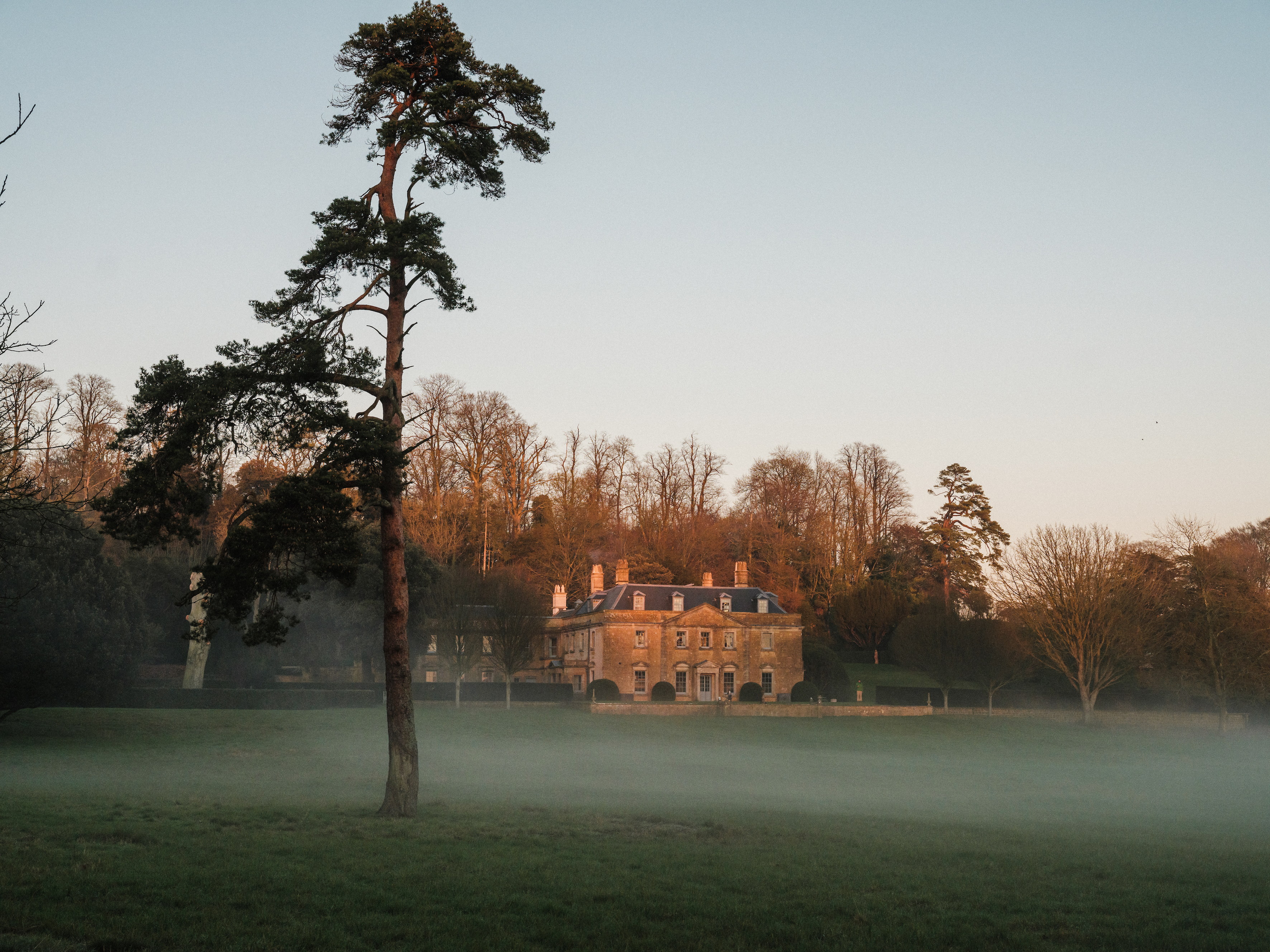
The Newt review: The hotel that put Somerset firmly back on the map
The Newt in Somerset — with its restored Roman villa and world-class apple orchard — is in a country house

James Fisher is the Deputy Digital Editor of Country Life. He writes about property, travel, motoring and things that upset him. He lives in London.
-
 Some of the finest landscapes in the North of England with a 12-bedroom home attached
Some of the finest landscapes in the North of England with a 12-bedroom home attachedUpper House in Derbyshire shows why the Kinder landscape was worth fighting for.
By James Fisher
-
 The Great Gatsby, pugs and the Mitford sisters: Country Life Quiz of the Day, April 16, 2025
The Great Gatsby, pugs and the Mitford sisters: Country Life Quiz of the Day, April 16, 2025Wednesday's quiz tests your knowledge on literature, National Parks and weird body parts.
By Rosie Paterson
-
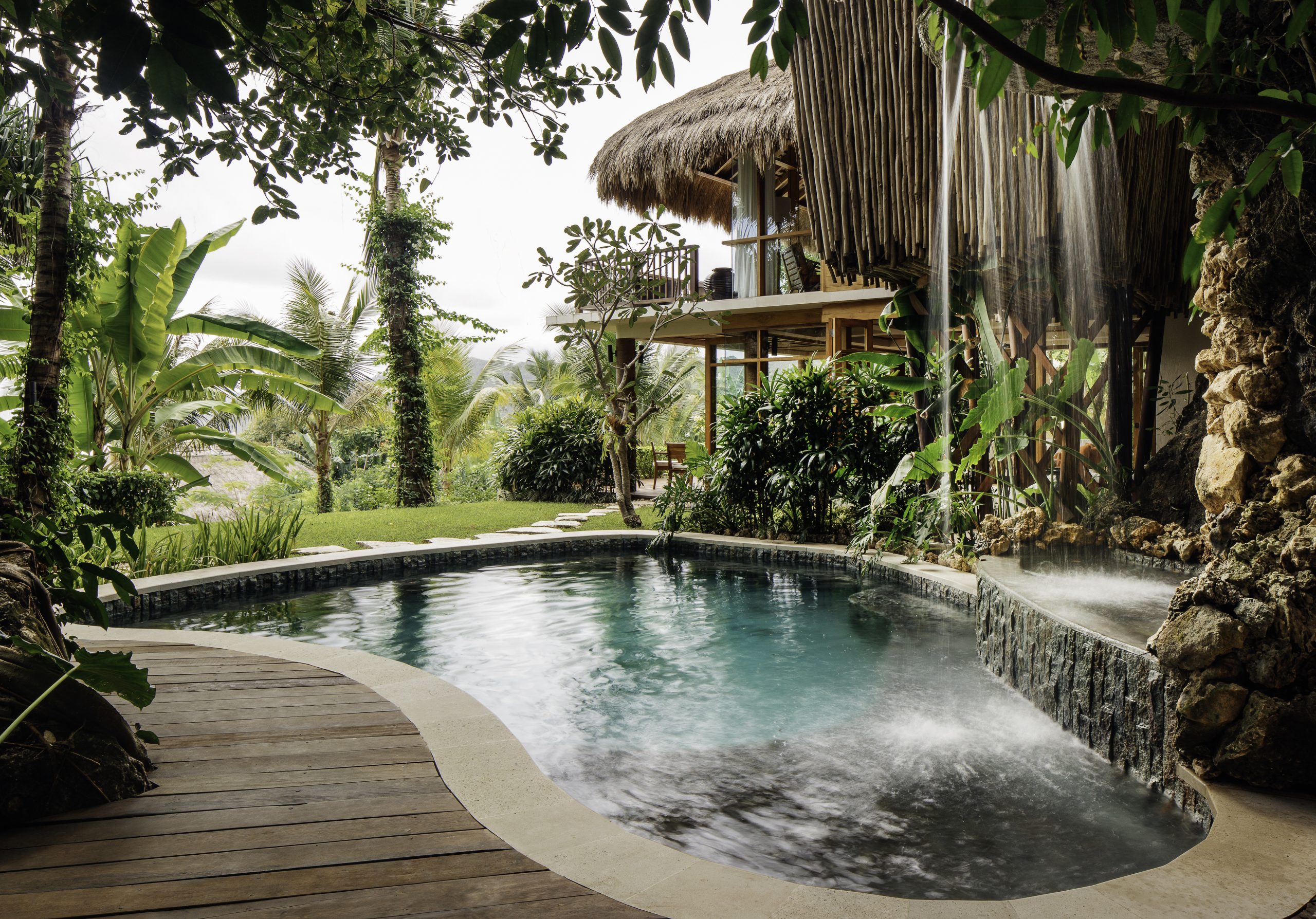 Inside the extraordinary hotel that put a remote Indonesian island on the map
Inside the extraordinary hotel that put a remote Indonesian island on the mapSumba is famous for three things: surfing, wild horses and NIHI. We sent Emma Love to investigate whether the island and hotel that everyone is talking about is really worth the hype.
By Country Life
-
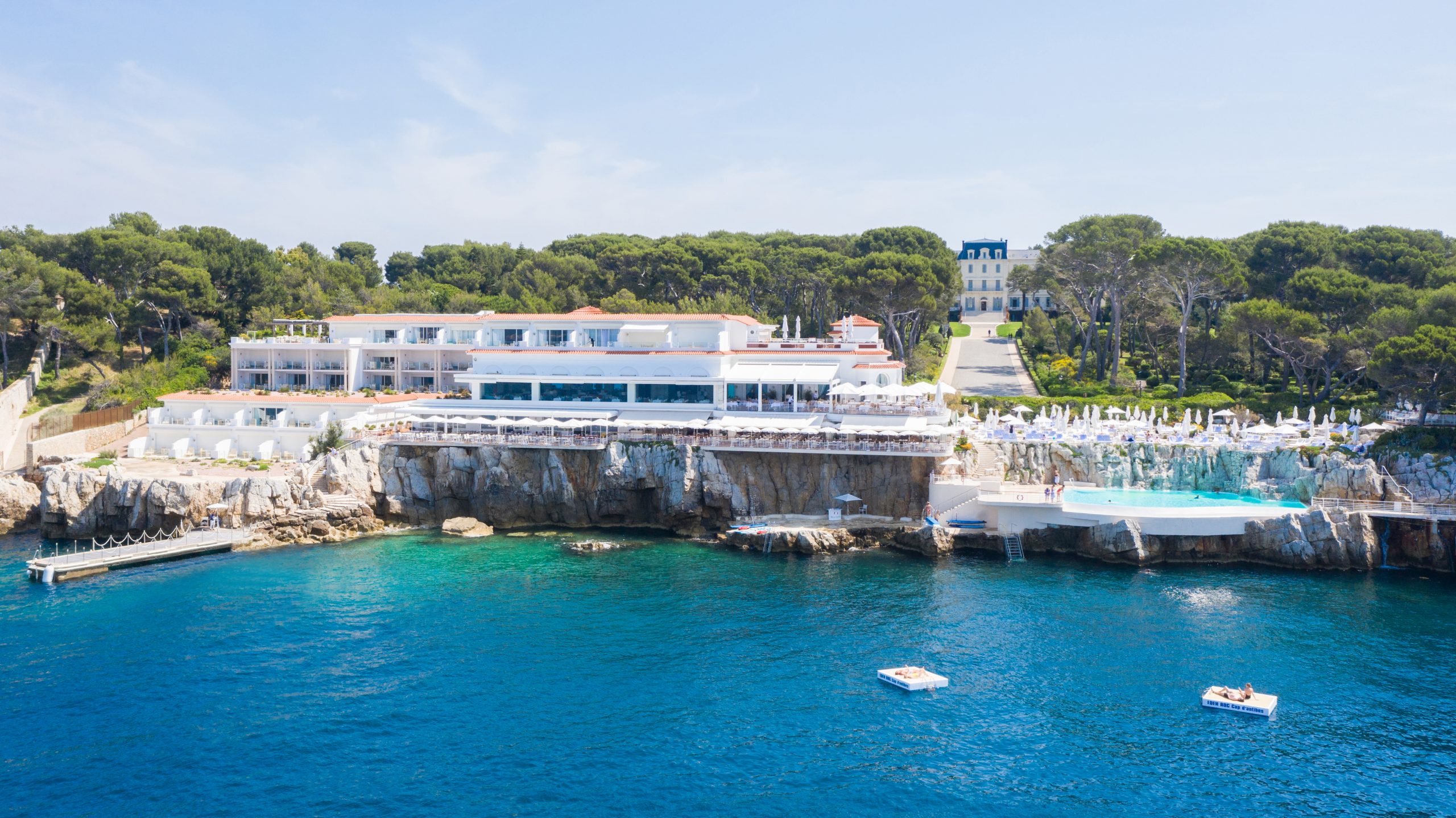 Hotel du Cap-Eden-Roc review: Is this the world's best, most famous and photographed hotel?
Hotel du Cap-Eden-Roc review: Is this the world's best, most famous and photographed hotel?Whoever said 'it's not the destination but the journey that counts' never checked in to the Hotel du Cap-Eden-Roc, says Rosie Paterson.
By Rosie Paterson
-
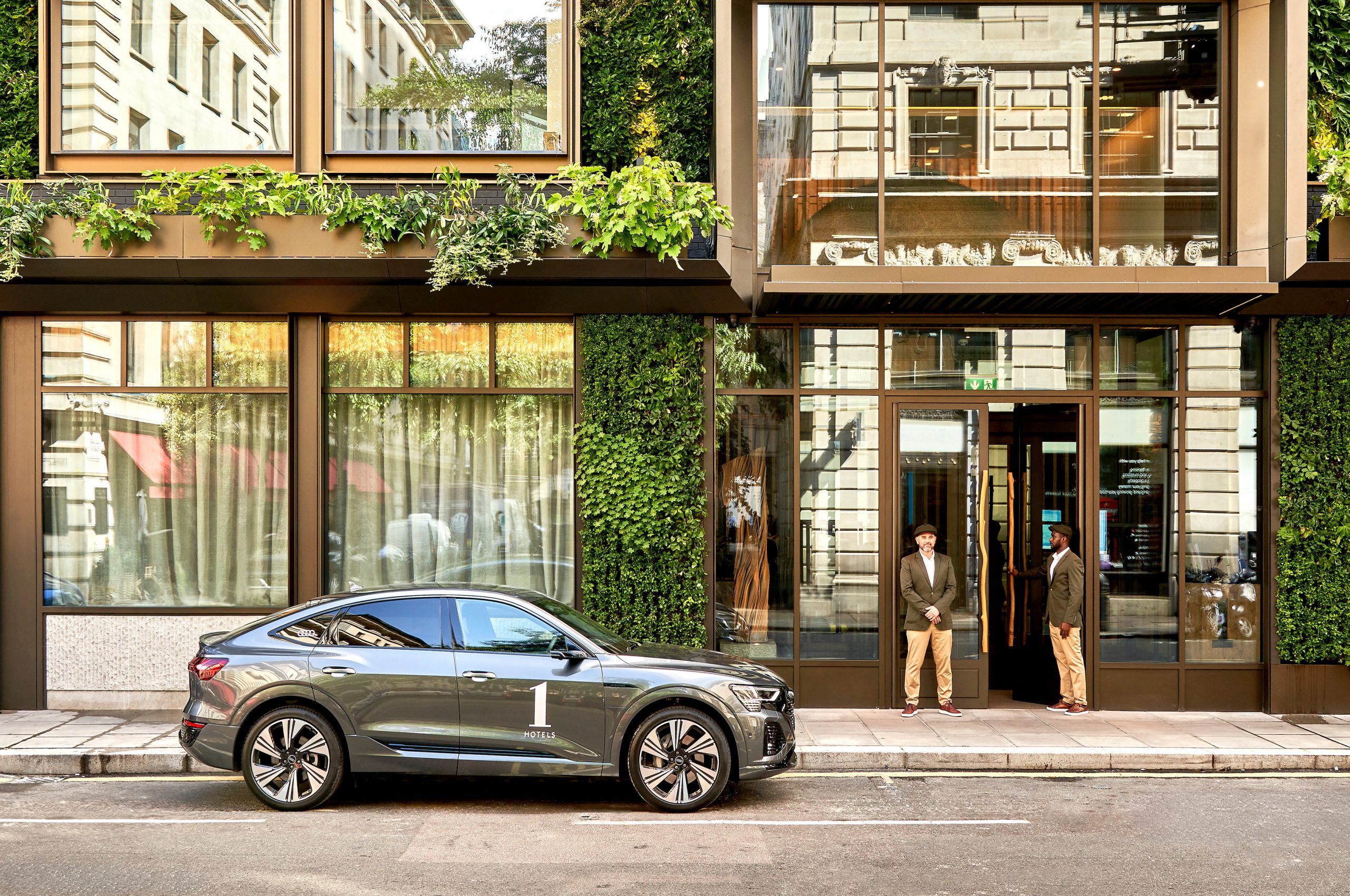 1 Hotel Mayfair review: A masterclass in marrying luxury and sustainability in the capital
1 Hotel Mayfair review: A masterclass in marrying luxury and sustainability in the capitalHigh-brow neighbours include The Ritz, Brown’s and Dukes, but 1 Hotel Mayfair is determined to shake up Mayfair and Piccadilly with its own brand of Nature-inspired, California cool, says Emma Hiley.
By Emma Hiley